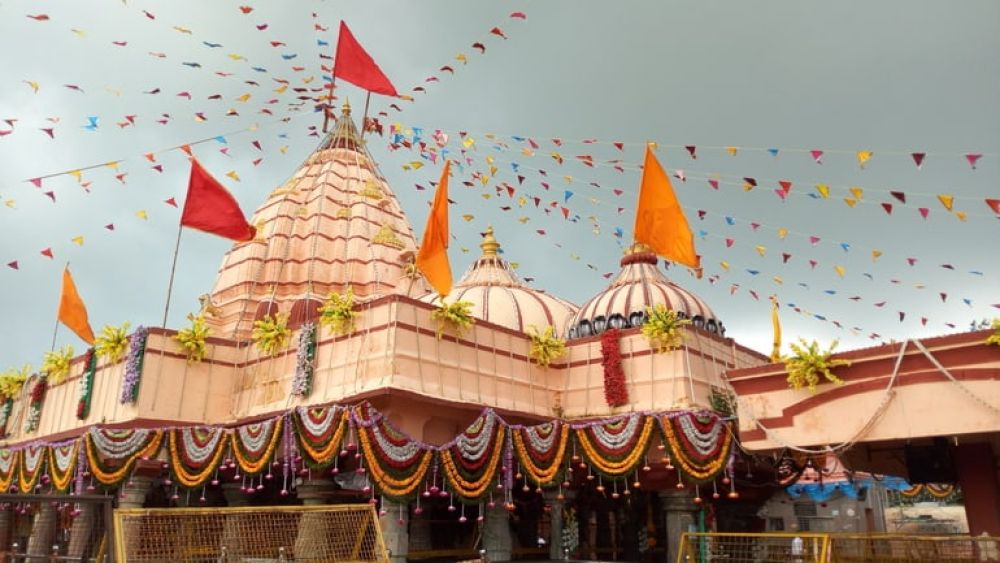

The ancient city of Ujjain, located in Madhya Pradesh, India, has been a significant center of spiritual and religious activities for centuries. Among the numerous temples that dot this holy landscape, the Chintaman Ganesh Temple stands out as an important pilgrimage site dedicated to Lord Ganesha, known as the remover of obstacles and the god of wisdom and prosperity.
The history of the Chintaman Ganesh Temple dates back to the early centuries, with its origins shrouded in myth and legend. It is believed that the idol of Lord Ganesha enshrined here is swayambhu (self-manifested), which further adds to the temple's spiritual significance.
Owing to its antiquity, the temple has witnessed various periods of Indian history and has undergone several renovations over the centuries. The ancient architectural style of the building is reflective of the artistic grandeur of the time it was built, making it an alluring site for both devotees and history enthusiasts.
As a part of the historic city of Ujjain, which is one of the four sites of the famed Kumbh Mela, the temple attracts thousands of pilgrims during this colossal event that takes place once every 12 years. Moreover, it receives a steady flow of visitors throughout the year owing to its importance in Hindu mythology and rituals. Devotees believe that visiting the temple and offering prayers to Lord Ganesha will remove all their worries (chinta), thus the name Chintaman.
Ujjain's religious tourism has been a significant contributor to the local and national tourism sector. The well-rounded development in visitor facilities like accommodations, transportation, and local guide services have made the destination more accessible and appealing over the years.
In recent times, there has been a notable trend towards spiritual and wellness tourism in India. The Chintaman Ganesh Temple, being an epicenter for such experiences, has been benefitting from this trend. The focus is now on sustainable tourism practices that ensure minimal ecological impact and support for local communities. Efforts are also being made to improve digital presence and online information services for prospective tourists.
The government and tourism boards actively promote pilgrimage tourism, cultural festivals, and the rich history of places like Ujjain to attract a diverse demographic of tourists, from the youth to international visitors.
In conclusion, the Chintaman Ganesh Temple epitomizes the enduring legacy of Ujjain's religious and cultural heritage. It continues to be a beacon of faith and history, contributing to the collective identity and tourism appeal of Madhya Pradesh. The temple's ongoing popularity is a testament to India's ability to preserve its ancient sites while adapting to the trends and needs of modern tourism.